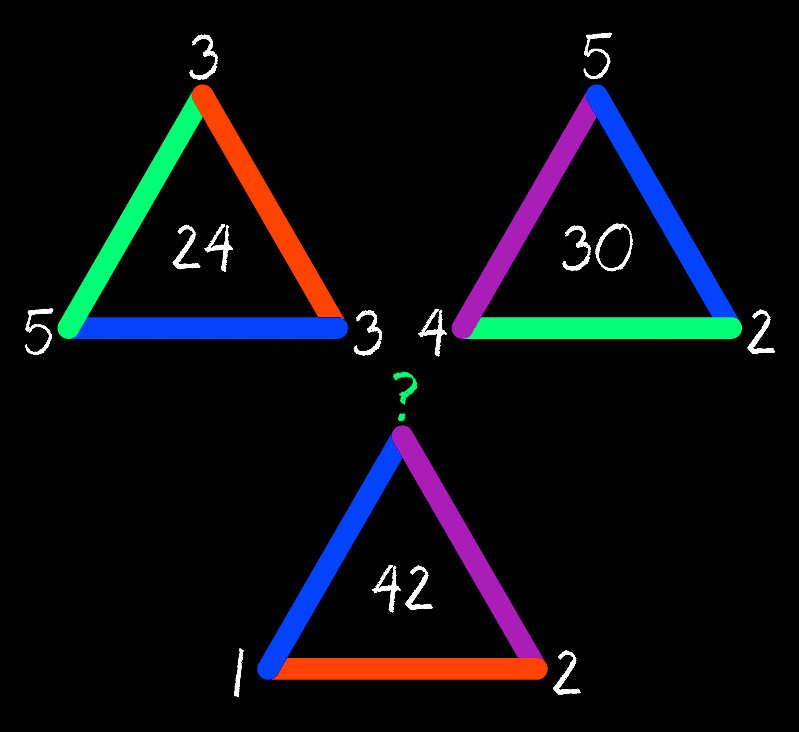Replace the question mark with a number
MATH PUZZLE: Can you replace the question mark with a number?Correct answers: 114
The first user who solved this task is H Tav.
#brainteasers #math #riddles

Being the boss
A henpecked husband was advised by a psychiatrist to assert himself. "You don't have to let your wife bully you," he said. "Go home and show her you're the boss."
The husband decided to take the doctor's advice. He went home, slammed the door, saw his wife and growled, "From now on you're taking orders from me. I want my supper right now, and after you get it on the table, go upstairs and lay out my clothes. Tonight I am going out with the boys. You are going to stay at home where you belong. Another thing, you know who is going to tie my bow tie?"
"I certainly do," said his wife calmly, "the undertaker."

